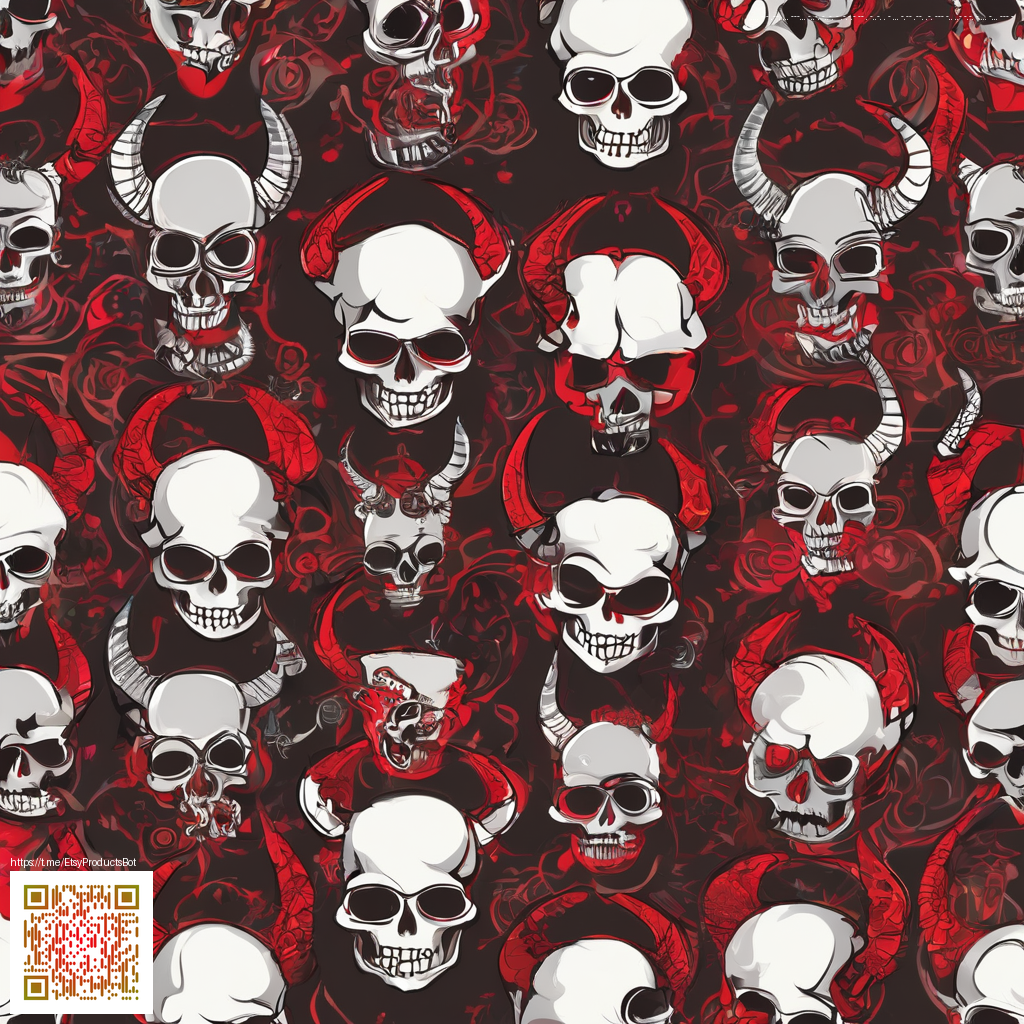
Oak Button Landscaping Across Floors Walls and Ceilings in Minecraft
Buttons are small and clever in Minecraft and this guide explores how to use the oak button to craft textured floors walls and ceilings that feel intentional rather than random. In modern builds these tiny blocks read as tactile details that invite a closer look and add a layer of realism to interiors and exteriors alike. The oak variant keeps a warm timber tone that blends naturally with many palettes.
Oak buttons are versatile because they attach to all solid surfaces and you can choose their facing direction to control how the texture reads from different angles. They operate as a brief redstone pulse when pressed which is handy for decorative pulses on a feature wall or along a stair run. For landscaping the goal is to lean into their subtle presence rather than make them the centerpiece of a room.
Texture and rhythm
Texture is oxygen for a build and oak buttons provide a micro texture that complements larger blocks. When used in lines or rows they create a quiet rhythm that guides the eye across a space. Pairing oak buttons with light wood panels or pale bricks helps the small pips pop without overwhelming the design. A careful sequence of button placements along a corridor can imply a grander surface treatment than plain tile.
Floor patterns
On floors the button becomes a tiny tile that can break up a broad surface. Place buttons flush on top of floor blocks and vary their facing to generate a subtle movement as you step along. A checkerboard vibe can emerge by alternating rows of blocks with the button set in different directions. This approach yields a refined texture that remains readable from a distance while rewarding a closer examination.
Wall ornamentation
Buttons on walls add depth without bulky protrusions. Try vertical strings or staggered columns to create a sense of vertical rhythm that mirrors architectural beams. Since the button is flush when not pressed, it creates tiny, frame-like shadows that change with torchlight or daylight. A staggered diagonal pattern can guide the gaze from the floor to a ceiling feature or a window reveal.
Ceiling accents
Ceiling placements introduce a surprising detail that can hint at a hidden motif or a decorative cornice. Use buttons to accent a beam line or a floating grid above a seating area. Because oak buttons do not radiate light on their own, pair them with indirect lighting such as lanterns tucked behind a thin slab or glowstone hidden behind trim to keep the ceiling feeling airy and elegant.
Orientation and power states
The block supports three face states floor wall and ceiling and four facing directions north south east west along with a powered state. For landscaping you generally rely on the unpowered state when you want a quiet surface. If a momentary pulse is desired for a playful effect you can trigger the button briefly to send a short redstone signal that animates a nearby mechanism. This subtle interaction keeps the focus on texture while offering a small dynamic touch.
Tip A simple pattern is to align buttons in a grid on the floor and rotate their facing for a gentle, evolving texture from different viewpoints
Color and wood pairing
Oak blends nicely with a range of woods and neutral tones. Try combining with stripped logs for a clean look or pair with white concrete for a contemporary vibe. Introduce a touch of contrast by mixing in darker timber such as oak and spruce to create a layered, tactile surface. The small scale of the button allows you to experiment with color and texture without dominating the space.
Technical tricks
- Use thin lighting behind surface blocks to create a soft halo around the button edge
- Attach to a redstone clock for a pulsing border on features like an aquarium or a display case
- Drop a few steps from a hidden storage area by pairing a button with a small roofed entry
Modding culture and community creativity
Builders curious about more options can explore mods that expand texture variety while keeping a compact form factor. Mods such as Chisel extend the range of button style blocks so you can render different wood grains or stone textures while preserving the tactile feel. Texture packs also offer subtle re textures that give a metallic or ceramic feel to buttons without losing their tiny footprint. The community delights in sharing layouts that leverage these micro details to knit together a space that feels crafted and lived in.
In many creative servers players publish layouts that demonstrate how a humble oak button can pull a room together. From compact apartments to sprawling estates these micro details foster a sense of place and encourage collaboration. As updates roll in players discover new patterns and tricks that fit their world style while staying faithful to vanilla core ideas.
Keeping an eye on patch notes helps you anticipate how changes to block interactions or lighting may affect button based landscaping. A steady approach to experimentation ensures your builds stay fresh across versions while remaining readable to visitors who appreciate a well executed texture story.
If you want to explore more ideas and support the open Minecraft community consider a small donation. Your contribution helps creators share guides and keep the ecosystem vibrant for everyone.
Support Our Minecraft Projects